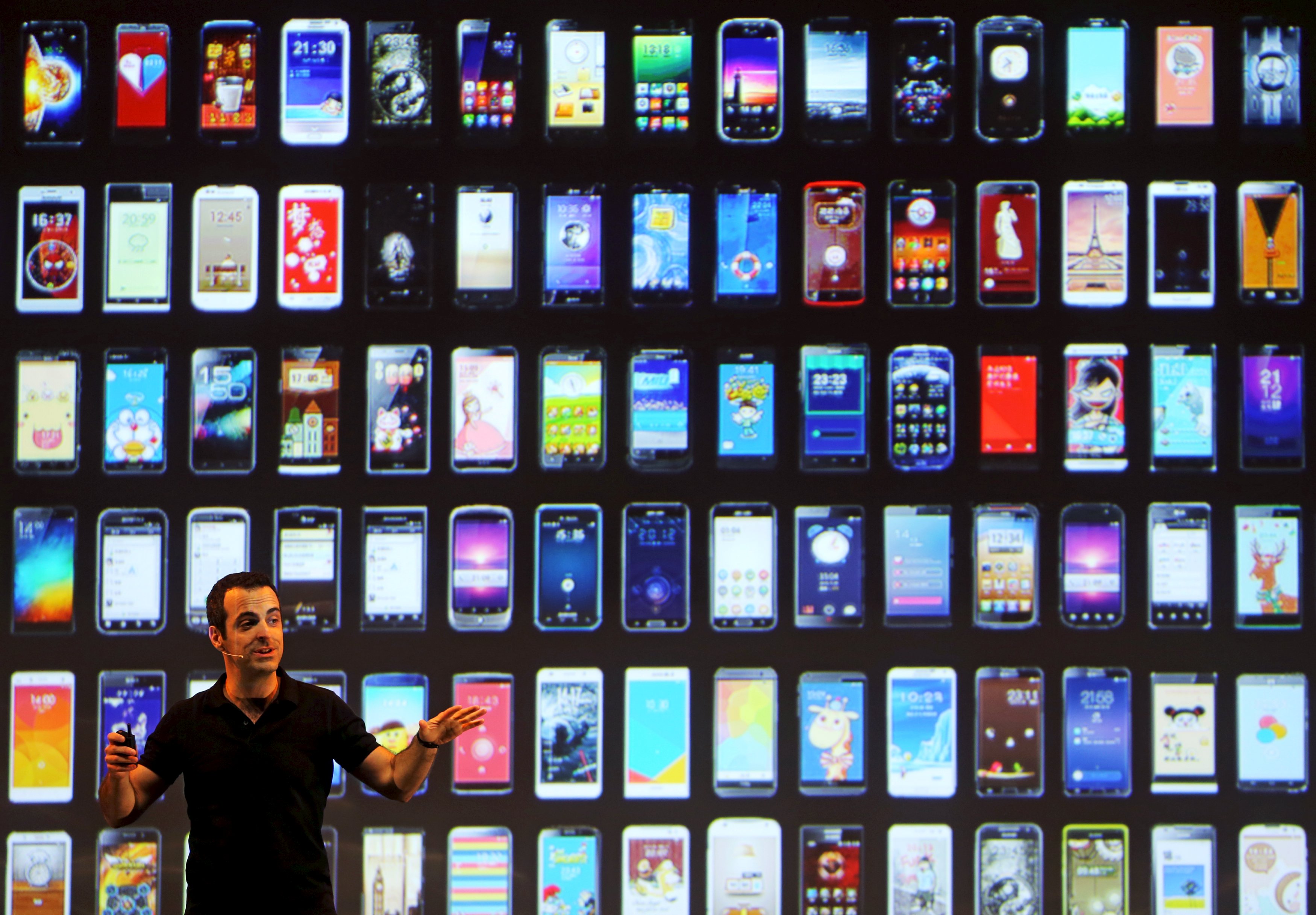Xiaomi success inspires every man and his dog to make smartphones in China
HONG KONG/BEIJING: The call of the world's biggest smartphone market is proving irresistible for entrepreneurs in China, where even purveyors of concrete mixers, refrigerators and rock music are mimicking local trailblazer Xiaomi Inc with their own handsets.
But the market shrank in early 2015 for the first time in six years and sales have fallen at one-time leader Xiaomi. That sudden about-turn raises questions over whether there is any chance for the likes of construction machinery maker SANY Group Co Ltd, Gree Electric Appliances Inc of Zhuhai and veteran rockstar Cui Jian.
The slowdown may be too much for all but the largest handset makers, much less a plethora of me-toos, some analysts say. In a crowded market plagued by price wars, entrants will have to convince buyers to abandon established brands with phones that surpass even premium models, US research firm Gartner said.
"It's not that easy to go bankrupt making phones, but it's also not easy to be profitable," said Taiwan-based Gartner analyst CK Lu, who covers the mainland smartphone market. "If you don't have good differentiation, you're putting yourself in a saturated market."
China had 155 smartphone brands selling over 1,000 handsets a month as at end-March, from 110 two years ago, said analyst Neil Shah of Counterpoint Research. In neighboring India, there were 103 brands, over half of which are Chinese.
But small players compete for just one-fifth of the market as the rest is occupied by the 10 biggest incumbents - including Apple Inc, Samsung Electronics Co Ltd, Lenovo Group, Huawei Technologies Co Ltd and Xiaomi - according to Gartner.
FAIRY TALE
Bringing a smartphone to market in China costs as little as a few hundred thousand dollars, with money going on licensing and off-the-shelf designs from manufacturers. For greater scale, involvement in design, marketing and offline sales distribution send costs into the hundreds of millions of dollars, said Shah.
Few entrants are likely to last without mass sales, like Xiaomi, or other businesses to support money-losing smartphone divisions, like Lenovo. Their best chance is to link handsets to new sectors such as wearable devices and smart home appliances, analysts said.
But new hopefuls are lured to the market by the fairy tale success of Xiaomi. In December, investors valued Xiaomi at $45 billion less than five years after its founding, making the firm one of the world's most valuable startups.
Chinese startup Smartisan was established in 2012 and, like Xiaomi, has gained popularity based primarily on social-media marketing and word of mouth, rather than expensive advertising.
"Xiaomi's phones were definitely already successful (in 2012)," a Smartisan spokeswoman said in an email. "Because of that, getting investment and bringing in talent for smartphones became much easier... Before Xiaomi, this would have been very difficult."
ATTACK OF THE CLONES
Xiaomi, whose sales are mostly domestic, saw phone shipments rocket 227 percent last year. But the firm's fortunes wavered last week when it reported semi-annual sales that for the first time were lower than the previous six months.
The decline came after researcher IDC in May said smartphone shipments in China fell in the first quarter for the first time in six years, by 4.3 percent, due to "market saturation".
"You have so many new things, so much noise, so many new brands coming all the time," said Dan Dery, chief marketing officer of Alcatel OneTouch, part of Chinese smartphone maker TCL Communication Technology Holdings Ltd.
"I see a lot of our competitors trying to replicate Xiaomi just by putting a cheap phone online," he said.
A case in point is ShenQi, a smartphone firm started in April by current world No. 3 Lenovo. Like Xiaomi, its remit is to sell high-quality handsets over the Internet, touting software specially designed for a heavy-user target audience.
"Xiaomi does so many products now," Chen Xudong, then-head of ShenQi and now President of Lenovo Mobile Group, said in a May interview. Xiaomi has expanded from an exclusively online smartphone vendor to make other consumer electronics and home appliances.
"It's not the same experience as when they launched," he said. "A lot of companies when they grow up, they'll probably change their strategy. That's the key reason we (ShenQi) still have an opportunity."
Rather than copying Xiaomi's original model, China research director Nicole Peng of Canalys said entrants' opportunities lie in making wearables and smart appliances as well as smartphones - akin to Xiaomi's current strategy.
"I think no more than three new brands can be commercially successful in the short term, any others will only acquire a tiny portion of the market," said Peng. "But if they want to be profitable just selling phones, the chances are very, very low."






